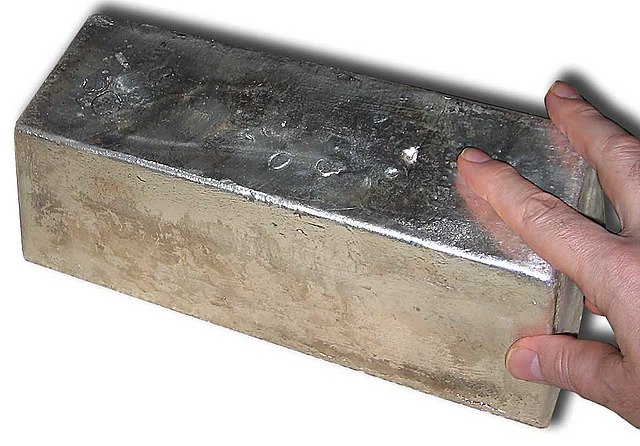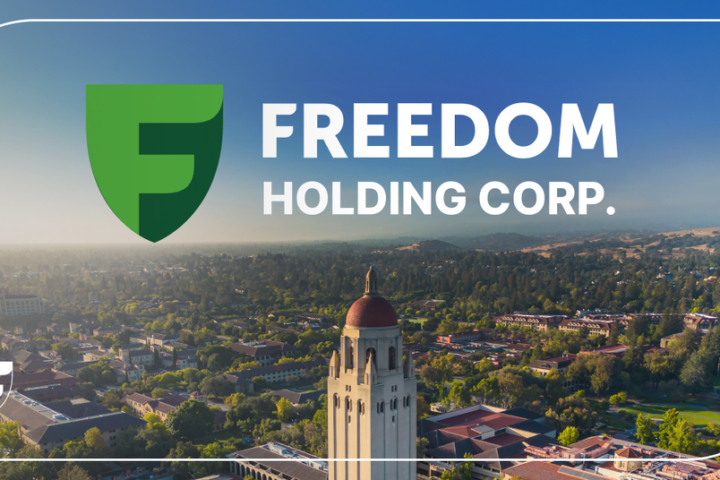By Dr Daniele D’Alvia
Special Purpose Acquisition Companies (SPACs) are cash-shell firms set up, as their name indicates, with a special purpose: to conduct an acquisition.
Their capital is raised via an initial public offering (IPO) of unit securities composed of common shares and warrants.
The IPO proceeds are held on trust or deposited in an escrow account until the acquisition takes place.
Once the acquisition takes place, the SPAC enters referred to as “De-SPAC”, which will end in a liquidation of the vehicle.
Generally, the acquisition and the consequent release of funds must occur within 24 to 36 months from the moment the funds were raised, depending on the exchange and the jurisdiction in which the SPAC is listed.
In case of a failure of the acquisition, the SPAC will wind up and the funds returned to investors.
Since their origin, SPACs have never been regulated by a statute, but rather by market practices.
The subsequent evolution of these market standards has been recognised by exchanges and most importantly, its investors.
Nowadays, SPACs voluntarily comply with capital requirements and investors’ protection schemes.
Indeed, in the 1980s, SPACs were named ‘blank check companies’, and they were listed on the Penny Stock Market (PSM) where they performed ‘pump-and-dump’ schemes.
Since 2003, SPACs have been listed in regulated markets such as the NYSE and NASDAQ.
This evolution is referred to as SPAC 2.0, and it has been incorporated in markets’ regulations, both at the NYSE and the NASDAQ.
Subsequently, in 2015 SPACs have evolved further and they have de-coupled the right to vote from the right to redeem shares.
Indeed, in connection with the De-SPAC phase, SPACs are required to offer shareholders the right to redeem their public shares for a pro-rata portion of the proceeds held on trust.
This possibility originally was reserved only to shareholders who voted against a proposed business combination.
Since 2015, SPACs offer the ability to redeem their public shares to every shareholder under a mandatory redemption offer.
This does not apply to warrants.
It means that investors now can vote in favour or against a business acquisition or combination, still can redeem their shares, and keep only the warrant.
This shift in practice can be referred to as SPAC 3.0.
Since 2007, the fractional warrant structure has been introduced through the SPAC Liberty Acquisition Corp.
Between 2019 and 2020 the fractional warrant practice becomes more regular.
This means that each whole one warrant entitles the holder to purchase one common share and each unit is composed of one share and a fraction of one warrant.
This is an incentive to buy more shares to be entitled to have one full warrant.
This can be seen as SPAC 3.5.
This market trend has been adopted in the U.S. by many recent SPACs such as Galileo Acquisition Corp., Malacca Straits Acquisition Corp., Ascendant Digital Acquisition Corp., HPX Corp., Jaws Acquisition Corp., D8 Holdings Corp., etc.
SPACs 3.0 and 3.5 show the dynamicity of these investment vehicles, and how they can increase markets’ liquidity despite the austerity and price volatility imposed in the Covid-19 era.
SPACs’ numbers demonstrate that there is an actual market for SPACs with liquidity and proper volumes and that they represent money creation vehicles.
Specifically, the fractional warrant coverage can be beneficial for investors, and mitigate the dilution risk at the “De-SPAC” phase through the warrants’ exercise. Furthermore, SPACs 3.5 are also starting to reduce the strike price of warrants to stimulate a consolidation of the share capital at the back-end through a facilitated form of investment participation in the future proceeds of the post-business combination entity as directly resulted from direct mergers, reverse mergers, or acquisition of a portfolio of related target companies.
This remarkable market practice is seen by many SPAC experts in the financial industry as the possible route for an equity market expansion, although the calculation and the measure of the fractional warrant structure ( ½, ¼, etc.) is not a science, but rather is an art to be performed by SPAC experts and managers that varies on a case-by-case basis, and the nature of the SPAC’s objectives.
This is only part of the SPACs’ secret success story, and one might say of a possible re-shaping of financial markets tout court.
The writer is an Assistant Professor in Financial Regulation at CIIM, Teaching Fellow in Banking and Finance Law at CCLS – Queen Mary University London










